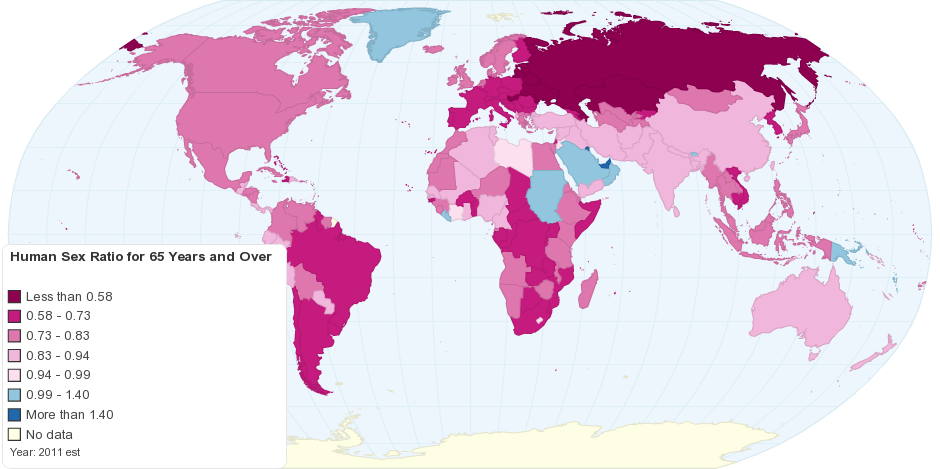World bank 2011 data show the global sex ratio at birth is now 1 07 or 107 boys born for every 100 girls

The Global Sex Ratio at Birth: Exploring the Numbers

The World Bank’s 2011 data reveals an interesting fact about the global sex ratio at birth - there are now 107 boys born for every 100 girls. This statistic, often referred to as the sex ratio at birth (SRB), has presented a curious phenomenon that has captured the attention of researchers and demographers worldwide.
As we delve into this topic, it is essential to understand the significance of this data in the broader context. The sex ratio at birth refers to the number of males born per 100 females, and it serves as an indicator of imbalances in gender distribution. While slight variations in the sex ratio are expected, a consistent and significant deviation from the norm warrants investigation.
To comprehend the implications of this finding, it is crucial to consider the reasons underlying these imbalances. One possible explanation is biological. Some researchers argue that male fetuses are inherently more vulnerable to miscarriages and certain genetic disorders, leading to a natural disparity in the sex ratio at birth. However, the extent to which biological factors influence this phenomenon remains a topic of ongoing debate and research.
Furthermore, social and cultural factors play a significant role in shaping the sex ratio at birth. In some societies, a cultural preference for male offspring may influence couples’ decisions regarding family planning, leading to sex-selective practices such as prenatal sex determination and sex-selective abortions. These practices, though illegal in many countries, persist in certain regions, contributing to skewed sex ratios.
To gain insight into the global variations in the sex ratio at birth, a study conducted by Pew Research Center analyzed data from multiple countries. The research findings highlighted substantial variations across different regions, with East Asia consistently showing higher ratios of boys to girls at birth. This trend was particularly noteworthy in countries like China and India, where cultural and socioeconomic factors strongly influence family preferences.
It is important to note that while the overall global sex ratio at birth is slightly skewed toward males, this disparity does not translate into a higher global population of men. Mortality rates, life expectancy, and migration patterns all contribute to gender imbalances in different age groups, with overall population ratios evening out over time.
The World Bank’s 2011 data on the global sex ratio at birth provides valuable insight into a complex and multifaceted topic. Understanding these statistics and exploring the factors that influence them enables policymakers, researchers, and societies as a whole to address gender imbalances and strive towards a more equitable future.
Source: Pew Research Center
Tags
Share
Related Posts
Quick Links
Legal Stuff


